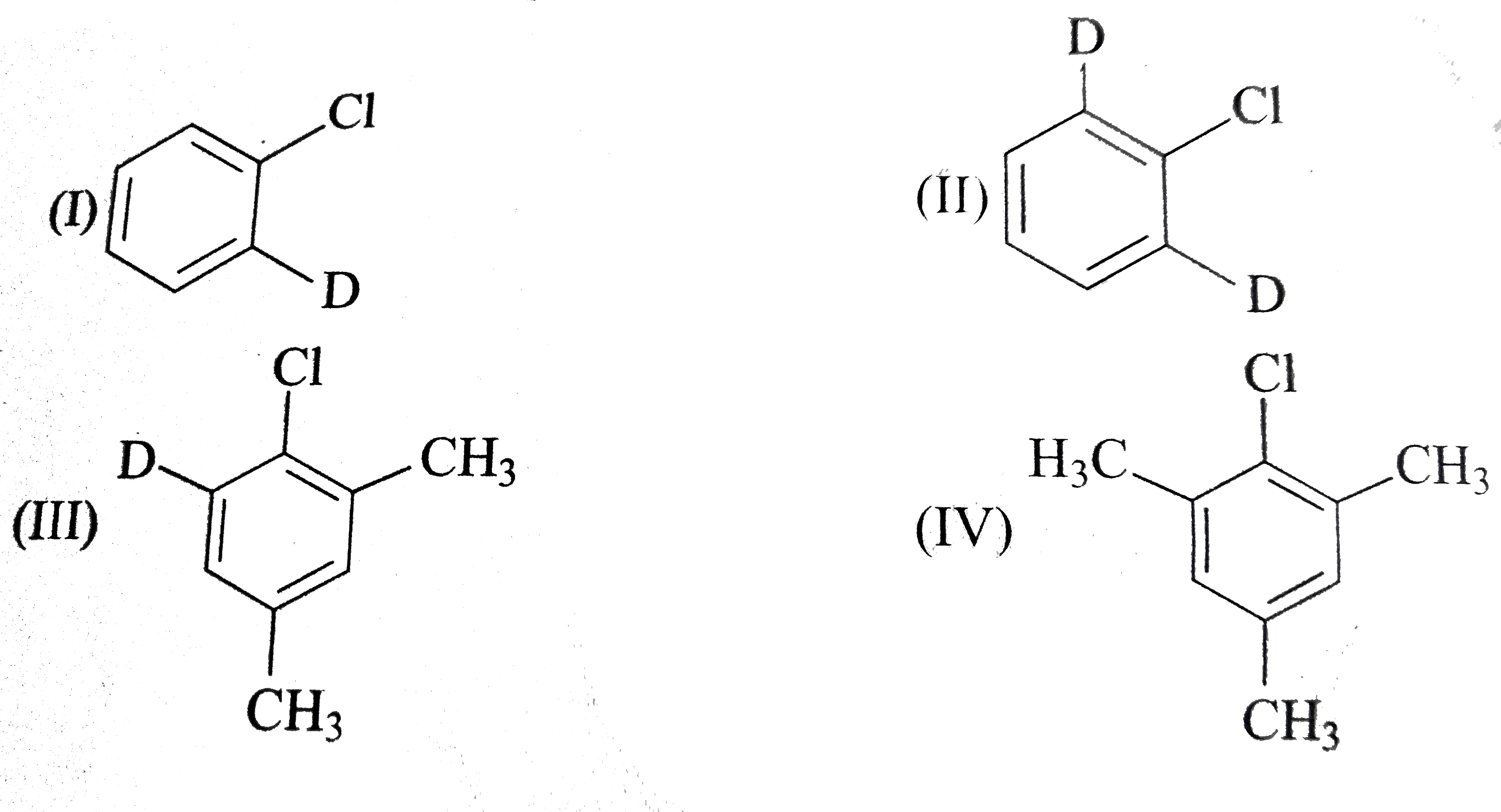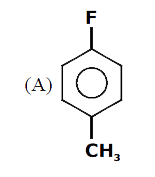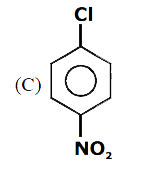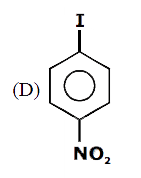Aryl halides that have no activating substituent (electron withdrawing substituent ) at ortho or para position do not generally react with nucleophiles under ordinary laboratory conditions. However, they can be made to undergo nucleophilic aromatic substitution of halogen by using very nucleophilic aromatic substitution of halogen by using very strong base (formation of benzyne intermediate ) and addition of nucleophile (NH3 in this case) to the benzyne intermediate.
The main intermediate formed in the reaction of m-bromoanisole with NaNH2 in liquid ammonia is
A

B

C

D

Text Solution
The correct Answer is:C
|
Topper's Solved these Questions
Similar Questions
Knowledge Check
Which of the following will not undergo nucleophilic aromatic substitution ?
 AI, II and IIIBII and IVCIII and IVDonly IV
AI, II and IIIBII and IVCIII and IVDonly IVWhich of the following will not undergo nucleophilic aromatic substitution ?
 AI, II and IIIBII and IVVCIII and IVDonly IV
AI, II and IIIBII and IVVCIII and IVDonly IVWhich of most reactive towards nucleophilic aromatic substitution.
A B
B C
C D
D
Identify the compounds that will undergo nucleophilic aromatic substitution reaction :
View SolutionIdentify the compounds that will undergo nucleophilic aromatic substitution reaction :
View SolutionWhich one of the following undergoes nucleophilic aromatic substitution at the fastest rate ?
View SolutionWhich pairs are not required for a nucleophilic aromatic substitution reaction ?
View SolutionWhich pairs are not required for a nucleophilic aromatic substitution reaction ?
View Solution
